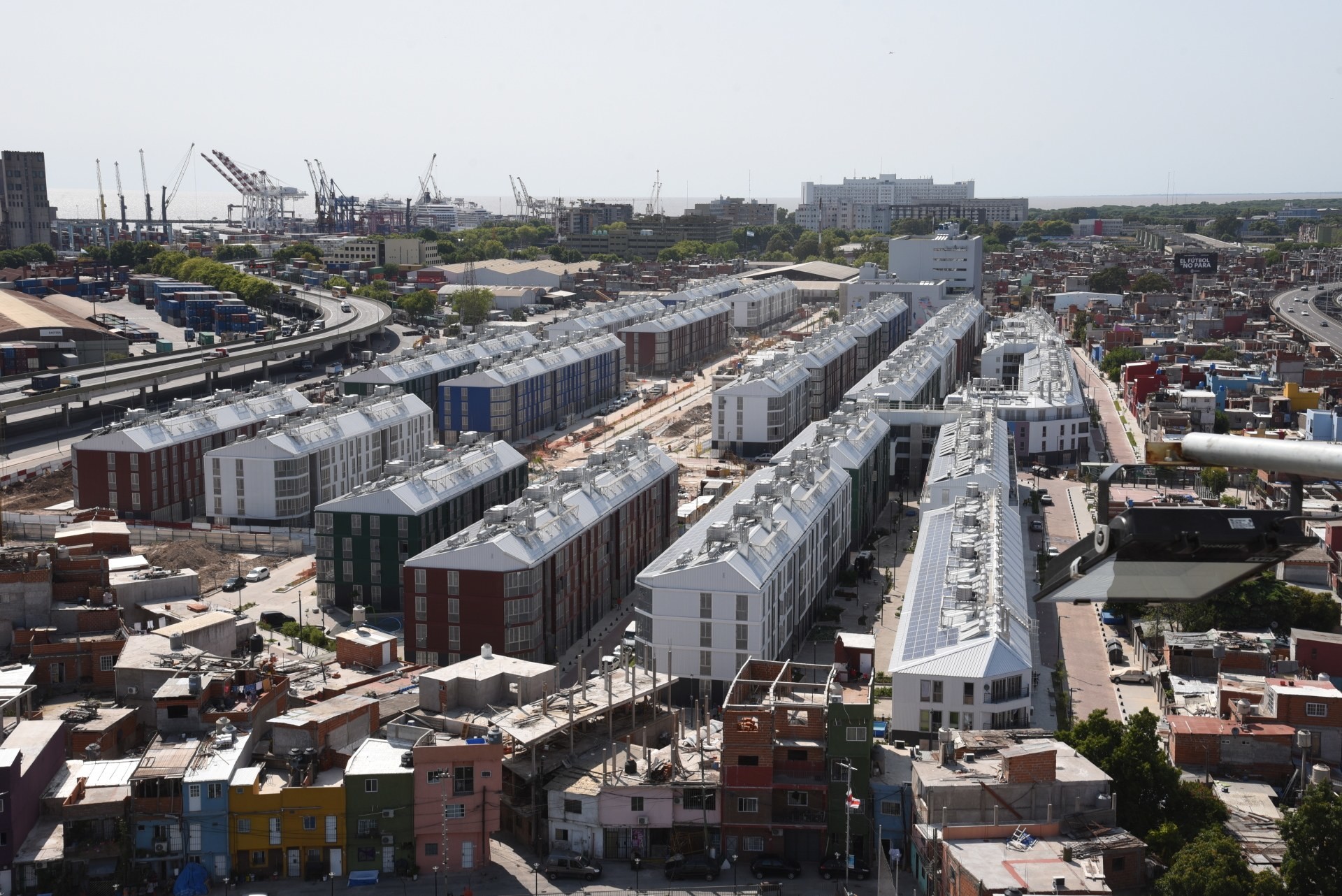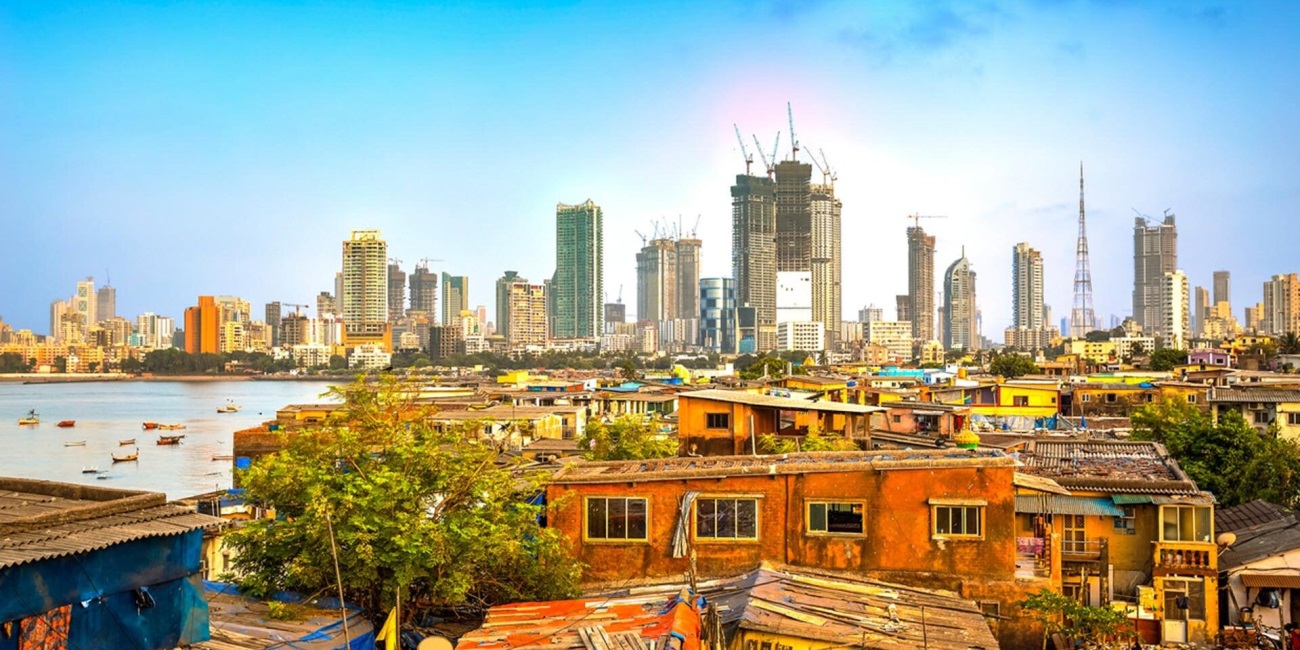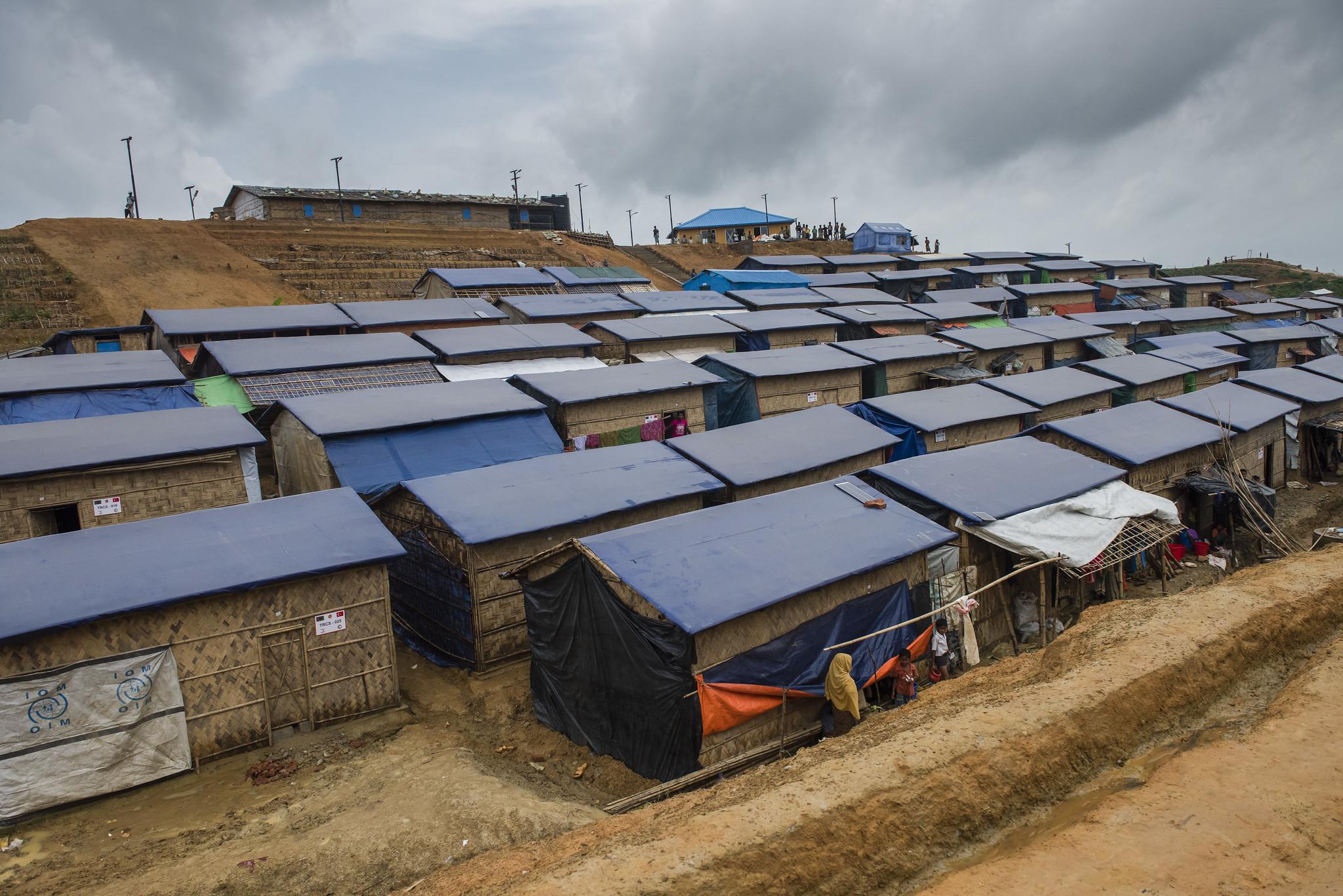The UN Habitat World Cities Report 2016 is a document containing some quite staggering figures. One of the most astonishing is the 3 billion people that will be living in informal settlements by 2050. A significant number of these substandard houses will be in Africa and Latin America, where the suburbs compete in terms of expanse and density with the cities of developed countries.How should we deal with the numerous problems involved in these degraded neighbourhoods and which, very often, are built by their own inhabitants? Each country, even each settlement, is a unique case. The local culture and even the history of the cities in which they emerge form part of their idiosyncrasy, which does not allow for the establishment of global solutions.The experts gathered by the Right to the City panel during the Smart City Expo World Congress 2019 did have some ideas in this regard. Fundamentally different, but precisely because of this, they need to be studied in more detail.
(Delft)LINK: investors and owners to address the absence of decent housing
The history of the informal settlements in South Africa, the large marginalised neighbourhoods also known as townships, dates back to the era of the Apartheid. Poorly qualified black and mixed-race workers made up the main part of the country’s workforce, but they were not accepted in the economic power centres, cities occupied mainly by the white population.As part of South Africa’s racial segregation policy established during the 50s, these second-class citizens were housed in the surrounding and generally arid areas. Delft, a suburb of Cape Town, was developed in 1987 under a strategy that wanted to promote property ownership, therefore the houses were offered to their occupants following a subsidy policy.Later, an extension called Delft South, became the first settlement for mixed-race persons. As in other parts of Delft, this neighbourhood has drug problems and high crime rates, but also, a unique feature: it has its own housing crisis.Given its topography, Cape Town does not have much room to keep growing. Built between the mountains and the sea, it has to tackle the classic South African urban planning model of enormous stretches of small houses and single-storey commercial buildings occupying the plains. Delft South emerged following this same pattern, and its inhabitants tend to have tiny single-family but multi-generational homes with comparatively generous backyards, which have sometimes been used to build substandard adjoining properties to rent out. This unique type of real estate investment has led to an even greater problem of marginalisation. It also illustrates the fact that some of its inhabitants have enough money to be enterprising. The university project (Delft)LINK wants to tackle this situation, providing investors and owners with a source of income while improving the conditions of their neighbourhood.Still in its exploratory phase, (Delft)LINK attracted attention during the Smart City Expo World Congress 2019 for introducing a corporate element into urban regeneration. The general idea is to act as a facilitating element between small investors and owners developer/constructor, who, by using the money of the former, can build small houses following well-structured parameters in accordance with the guidelines established by (Delft)LINK.One of the particular features of (Delft)LINK, according to those responsible for the project, is that all the stakeholders maintain their corporate relationship via a kind of portal accessible from a mobile device. Procedures are carried out by phone and without cash, in line with the African FinTech innovations, putting developers in touch with builders and technicians, but also with the city’s legal services for carrying out procedures.The purpose of (Delft)LINK is what its creators call “lucrative building with negative social costs”. In essence, bringing regulated urban planning dynamics to neighbourhoods characterised by informality, while increasing the number of houses on offer. A project that could inspire other corners of Africa.
Barrio 31: an ambitious action plan based on integration
https://youtu.be/qnjMSNAQoUQVilla 31, in Buenos Aires, Argentina, is a radically different settlement. With a population of over 40,000 people, this neighbourhood or villa miseria (shanty town) follows the classic Latin American dynamics marked by large numbers of impoverished workers. Since it emerged in the 30s, it was first home to European immigrants and more recently to those from other South American countries, which have been added to a substrate which, after numerous failed attempts to eradicate the settlement, now has the local ties of an established neighbourhood.The urban planning characteristics of Villa 31 are those of a settlement that has been gradually built by its inhabitants with no respect for municipal regulations. Its streets are home to a large number of small businesses, from barber’s shops and food stores to workshops, located next to the homes in the shadow of the Dr Arturo Umberto Illia Motorway.Likewise, the problems of Villa 31 were (and still are) those of any settlement marked by poverty: robberies, violence and drug addiction. But above all, social exclusion. Lacking well-structured services, its inhabitants had few opportunities to prosper, intensifying a problem that has been embedded for decades.This situation is changing thanks to one of the most important action plans to combat marginality ever carried out in Argentina. Now known as Barrio 31, this district is undergoing a series of major actions aimed at improving the health standards of the area, strengthening the social fabric and boosting its economy, while formally incorporating the settlement into the city of Buenos Aires.Diego Fernández, Secretary of Social and Urban Integration of the government of Buenos Aires, highlighted the guidelines of this ambitious programme to eradicate marginalisation. The first step is the granting of title deeds. A large number of the inhabitants living in Barrio 31 did not own their properties, therefore, the city council has regularised this situation with the signing of title deeds, a tool that is common in other settlement consolidation plans.Where Barrio 31 is different, is in all that comes next. Far from granting cadastral certificates and sending a police patrols, the Buenos Aires city council has decided to improve and formalise the water and electricity supplies, road surfacing, lighting projects. Social aspects too, building sports facilities and parks, promenades and community centres.Likewise, some of the most decrepit houses in the settlement have been demolished or renovated completely following fully up-to-date security criteria. Companies have also been invited to take part in the neighbourhood, which, at last, has banks and a renovated open air market. Because, as Fernández explained during his lecture, one of the greatest challenges of Barrio 31 is not only to formalise the area, but also an eminently submerged economy.It is difficult to reflect the magnitude of the work carried out by Buenos Aires to get Barrio 31 off the ground. In just a few years, youngsters have gone from being condemned to a life of exclusion and criminality to being able to go to one of the most modern public education centres in the whole of Argentina, according to Fernández, as well as having chosen one of the most deteriorated settlements of the country to install the headquarters of the new Ministry of Education and Innovation of Buenos Aires.The result of these actions is palpable, but now the inhabitants of Barrio 31 are facing a serious setback: while its streets are being cleaned, Argentina’s financial crisis has raised the price of food and reduced job opportunities in a settlement that aspires to become a model for the region. A paradox which, on the other hand, is not unprecedented.Images | Wikipedia (1 and 2), Jonas Humbel, Ciudad de Buenos Aires






















































